Downsizing isn’t a dirty word at Ferrari.
The new Ferrari 296 GTS is significantly smaller on the outside than the F8 Spider it replaces, and has ditched its 3.9-litre turbocharged V8 engine in favour of a 3.0-litre twin-turbo V6 backed by a plug-in hybrid system.
Cause for alarm? The engineering team in Maranello would argue size doesn’t matter, and it’s all about how you use what you’ve got. And on paper, it has a point.
After all, a shorter wheelbase generally makes for a more agile car and when you look at the numbers, the hybrid system in the 296 packs a punch.
The 0-100km/h sprint takes 2.9 seconds; keep your foot in for 3.7 seconds longer and the speedo will be touching 200km/h. Flat out, roof up or down, you’ll be doing 330km/h.
The GTS might look like a featherweight, with sinuous supermodel hips and a delicate, low nose, but those are heavyweight numbers. On the spec sheet, it’s a knockout.
In the real world, it’s even better than that.
How does the Ferrari 296 GTB compare?
View a detailed breakdown of the Ferrari 296 GTB against similarly sized vehicles.

Ferrari
296 GTB
How much does the Ferrari 296 GTS cost?
Opting to go top-down in the 296 adds $84,100 to the GTB coupe’s sticker price.
| Model | Price before on-roads |
|---|---|
| Ferrari 296 GTB | $604,000 |
| Ferrari 296 GTS | $688,146 |
To see how the Ferrari 296 GTS stacks up against it rivals, use our comparison tool.
What is the Ferrari 296 GTS like on the inside?
Breathe in, because the 296 is pretty tiny inside.
You sit with your bum on the floor and, in my case, your head gently tickling the roof lining. Good thing it’s a Spider, right?
There’s plenty of visual drama here, from the button-heavy steering wheel to the wraparound setup in front of the driver, and that’s before you fire up the engine.
As you’d expect of a Ferrari, there’s a learning curve here. The only things protruding from the steering column are the oversized carbon paddle shifters, with all your controls instead placed on the steering wheel – that’s indicators, headlights, everything.
You quickly get dialled into the indicators and wipers, but the touchpad on the right-hand spoke of the steering wheel is always painful. Sometimes it’s sensitive, others it takes a firm stab to register an input… and sometimes, it just won’t acknowledge an input at all.
It makes getting from the very cool standard display, with a central rev counter like we’ve come to expect, into Apple CarPlay far more difficult than it needs to be. And getting around CarPlay itself requires so much time with your eyes off the road that it’s arguably worse than just grabbing your phone and doing whatever it is that needs doing.
These are first-world problems, but they do undermine the car’s usability in normal driving. At least the climate controls are within easy reach.
The feeling of quality is excellent. The little toggles for your gear selection – designed to mirror a gated manual – are satisfying, and the wheel feels incredible. The leather on the seats is supple and the roof worked flawlessly during our time with the car.
Passengers are treated to their own display, which can show everything from media information to how fast you’re going. Be careful who you show your speed to, because this is the sort of car where a big-mouthed passenger can get you in all sorts of trouble.
The seats in our tester weren’t quite as grippy as the carbon-backed buckets in the 296 GTB coupe we also drove, but they still offered plenty of support in the bends. The heating is bun-roasting on cold mornings, too.
As for the boring storage stuff? There’s a central cupholder, space for the key on the transmission tunnel and a wireless phone charger under the dash. You’ll also get a bottle wedged into the door pockets.
Who said supercars can’t be practical?
To see how the Ferrari 296 GTS stacks up against it rivals, use our comparison tool.
What’s under the bonnet?
Ferrari calls the V6 in the 296 a piccolo V12 because of its unique, sonorous exhaust note.
| Specifications | Ferrari 296 GTS |
|---|---|
| Engine | 3.0L twin-turbo V6 PHEV |
| Engine output | 488kW |
| Electric motor outputs | 122kW + 315Nm |
| System outputs | 610kW + 740Nm |
| Battery | 7.45kWh |
| Transmission | 8-speed dual-clutch auto |
| Driven wheels | RWD |
| Weight | 1540kg (dry) |
| Fuel economy (claimed) | 6.4L/100km |
| Fuel economy (as tested) | N/A |
| Electric driving range | 25km |
| Fuel tank capacity | 65 litres |
| Fuel requirement | 98 RON |
| CO2 emissions | 149g/km |
| Emissions standard | Euro 6 |
It’s positioned impossibly low in the car and a quick poke around reveals how tightly it’s nestled under the bulkhead.
That means the weight of the hybrid system is between the axles, rather than hanging out the back or sitting up high where it could undermine the balance.
To see how the Ferrari 296 GTS stacks up against it rivals, use our comparison tool.
How does the Ferrari 296 GTS drive?
This is a car of stunning contrasts.
Prod the haptic start button and it comes to life with a synthesised whir, like an electric BMW. There’s no high-pitched starter histrionics or explosive burst of revs, no hint as to the internal-combustion fury lurking inches from your head.
It’s perfect for the supercar driver who wants to fly under the radar in town, where obnoxious V8 noises get you dirty looks from onlookers worried about the environment, or their child’s hearing, or what your car says about late-stage capitalism, or… you get the idea.
Although there’s no noise, driver inputs are met with a real sense of purpose at any speed. Ferrari has dialled back the hyperactive steering from the 458 Italia and 488 GTB, but the directness of the GTS off-centre still takes some getting used to.
It demands delicate, deliberate inputs at the wheel, while the brake pedal takes a firm shove at the top of its travel. It’s a hybrid, but this isn’t a Corolla.
Although the 25km of electric range is achievable at city speeds, driving around with a twin-turbo V6 behind you and not actually using it feels criminal. As soon as you’re away from prying eyes, or your garage, it pays to prod the chequered flag on the left-hand side of the sculptural steering wheel to change from Hybrid to Performance mode.
The V6 fires with a flat bark and settles into a frenetic idle to warm up before simmering down. It makes some fascinating noises at city speed, gargling nails when you lean on the throttle at low revs as the turbos hiss, spit and flutter. Dropping the central rear window funnels more noise into the cabin and lets you enjoy its huge range of moods.
More than a smooth talker, the hybrid setup in the 296 is fearsomely effective. The way it blends petrol and electric power is remarkable and the way it accelerates even on half throttle is relentless. Find the room to flatten the right-hand pedal and it accelerates like a toy car with the hand of God himself shoving you down the road.
The surge is unrelenting and the way the V6 revs will make you wonder if you ever really loved V8 power at all. The digital rev needle zings so quickly around the yellow rev counter in the lower gears that the shift lights on the steering wheel aren’t just nice to have, they’re essential.
Wait for the flash, grab another gear with the oversized carbon paddles, hold on tight, remember you’re in Australia, brake… and breathe, or laugh, then call your friends to tell them just how damn good this thing is.
There’s no all-wheel drive system on hand to put the power down, but the GTS never feels flighty. With the mannetino switch in Sport, the traction control keeps a close eye on things, killing wheel spin before it can develop into anything more nefarious, but you’re always aware of the fact this is a rear-driven thoroughbred.
On a tight, twisting road it’s utterly stunning. The steering is impossibly direct and the car is always up on its toes, willing you to brake a bit later, get on the power a bit sooner, let the engine sing and the turbochargers whistle for longer, and feel the hand of God propelling you towards the horizon harder.
Response from the throttle pedal is lightning; there’s no sense in Performance – let along Qualifying – mode that there are e-motors and turbochargers working together to augment the petrol V6 engine, You just get precise power delivery as you squeeze the accelerator. Light throttle, half throttle or full throttle, the 296 is stunningly linear in what it gives you.
There are so many layers to discover here and different ways to attack the same problem. Snapping down to second gear gives you loads of noise and revs, but the electric torque means corners that might have demanded second in the F8 are actually third-gear corners here.
Leave it in fourth and the 296 doesn’t slingshot out of slow corners as hard, but you get to enjoy the sensation of the turbochargers frantically building boost – then noisily, unceremoniously dumping it when you lift, which never fails to make a 1990s kid laugh.
It’ll bite. Carry too much speed into the switchbacks on the cold, damp Corkscrew Road outside Adelaide and it’ll push at the front end; get greedy with the throttle with a bit of steering lock on and you’re quickly reminded of the fact this is a rear-drive car with a 2600mm wheelbase (meaning less distance between the wheels than a Golf) with 610kW on tap.
How hard it bites is determined by the position of the drive mode switch. In Sport or Race, the electronic brain allows a hint of slip before firmly clamping down on things. If your surname is Leclerc that’s probably a negative, but for mortals on public roads it allows you to inch towards the car’s limits without worrying that one poor input will lead to an expensive repair bill.
Moving past Race to TC OFF removes traction control but keeps stability control, while the final stage leaves 610kW in your hands and under your right foot.
Although it’s probably not as pure or stiff as the Berlinetta, it’s hard to argue the convertible roof doesn’t add to the experience. With the hardtop down you’re exposed to the smells and sounds of the world around you and you can enjoy the high-pitched, vibrato sound of the 3.0-litre engine as it bounces off rock walls or buildings.
And then when it’s time to go home, you can nudge the car into Bumpy Road mode and let the central computer shuffle between electric and petrol power. The ride quality is genuinely remarkable for a low-slung thoroughbred and the amount of road roar in the cabin is more than bearable at 100km/h.
It has so many personalities, this car.
What do you get?
No two examples of the 296 will be exactly the same, so the standard equipment list below is merely a starting point for your dream configuration.
296 GTS highlights:
- Matrix LED headlights
- Adaptive indicators
- 20-inch alloy wheels
- Magneride adaptive dampers
- Carbon ceramic braking system
- Car protection cover
- Tyre repair kit
- Tyre pressure, temperature sensor
- Keyless entry and start
- Infotainment system
- Bluetooth audio streaming
- DAB digital radio
- Wireless phone charging
- Apple CarPlay
- Dual-zone air conditioning
- Front, rear parking sensors
To see how the Ferrari 296 GTS stacks up against it rivals, use our comparison tool.
Is the Ferrari 296 GTS safe?
The 296 hasn’t been independently crash tested, and won’t be during its life.
But standard safety equipment includes four airbags and, in our tester, adaptive cruise control.
Beyond that, the 296 is missing some of the active driver assists (such as rear-cross traffic alert, for example) that we’ve come to expect from new cars in 2024. At this price, the reversing camera and front/rear parking sensors are more than welcome.
How much does the Ferrari 296 GTS cost to run?
Ferrari offers a three-year, unlimited-kilometre warranty on the 296 GTS, and a maintenance program which covers all scheduled servicing for the first seven years of the car’s life.
Those service intervals are recommended at either 20,000km or once a year, whichever comes first.
To see how the Ferrari 296 GTS stacks up against it rivals, use our comparison tool.
CarExpert’s take on the Ferrari 296 GTS
The 296 GTS is so damn pretty, it could drive like an absolute dog and people would queue up to buy it.
Parked up in a South Australian town, it immediately drew a crowd.
One onlooker – Peter – wanted to sit inside and spent the next few minutes taking photos of the interior and asking questions about how the hybrid system works; another ran out of the local bakery kitchen to take a photo for his mates.
Some supercars make people turn up their noses, but something about this car makes punters want to know more.
Then there’s the way it drives. Hybridised, downsized cars usually require caveats – it’s a bit soulless but it’s damn fast, etc – but the 296 GTS has a charm all of its own.
The ability to slink through town on electric power makes it more usable than ever and the way the battery power augments the fizzy, turbocharged V6 is witchcraft. Furiously fast, it has more depth and polish than any plug-in hybrid system I’ve ever encountered.
As if that wasn’t enough, there’s a delectable delicacy to the way it handles that’s so comprehensively blown up my running list of best cars I’ve ever driven, that the explosion registered on the Richter scale.
Interested in buying a Ferrari 296 GTS? Get in touch with one of CarExpert’s trusted dealers here
Click the images for the full gallery
MORE: Everything Ferrari 296 GTS


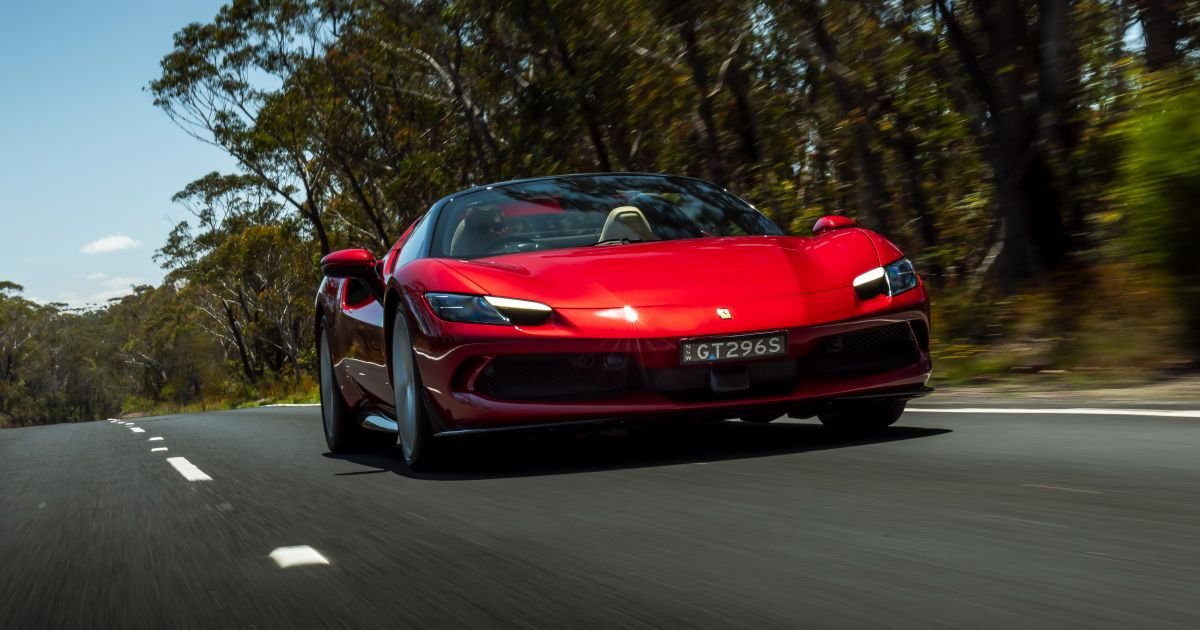

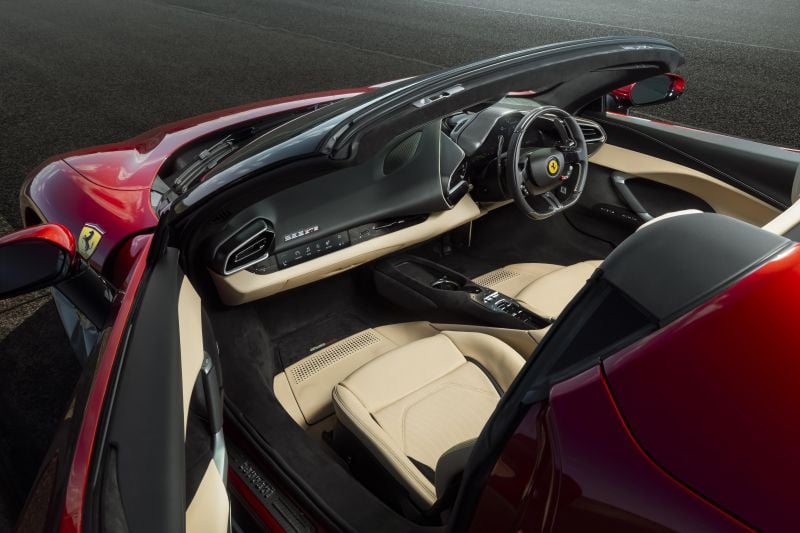
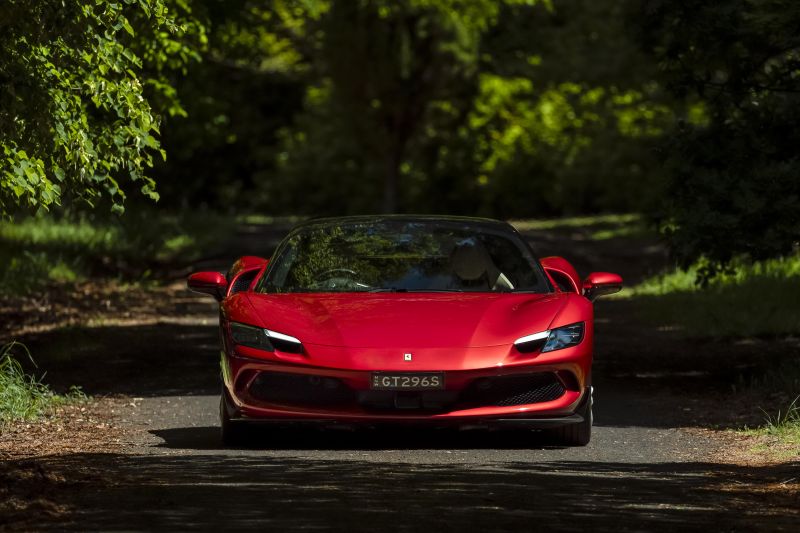
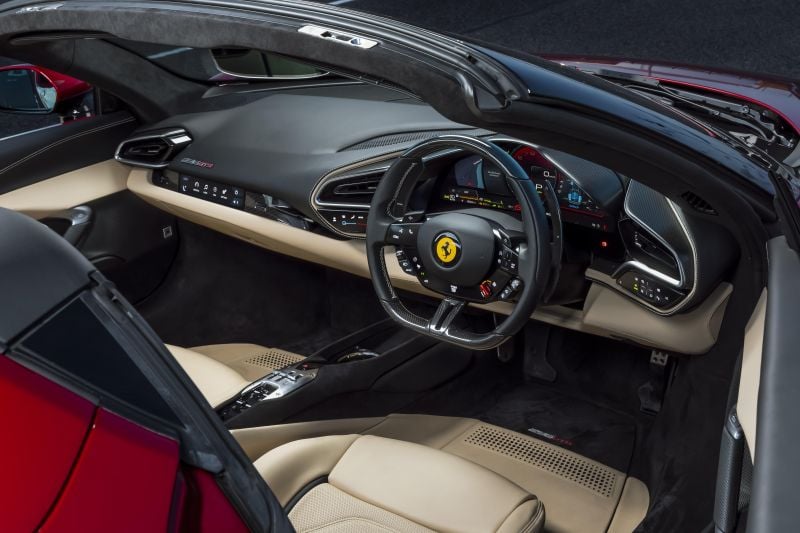
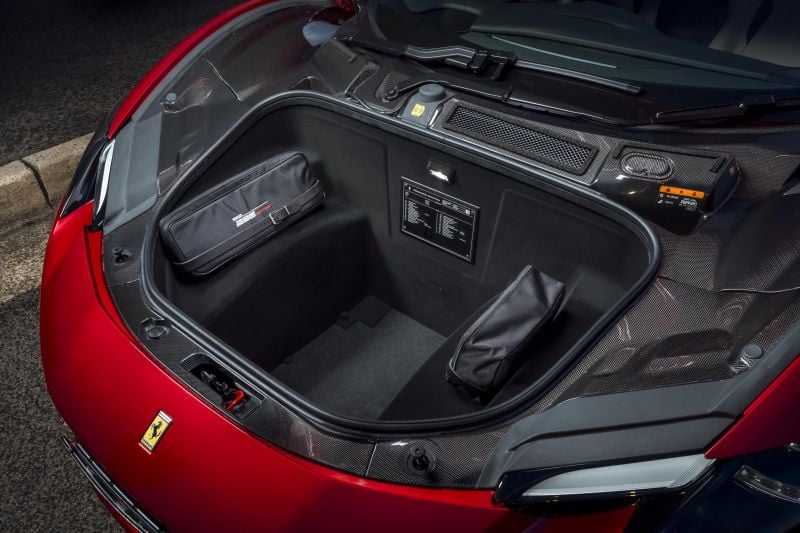
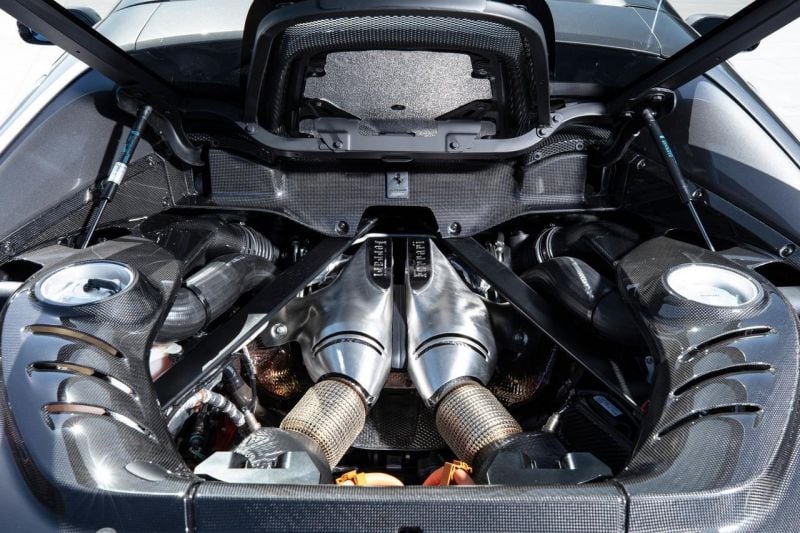
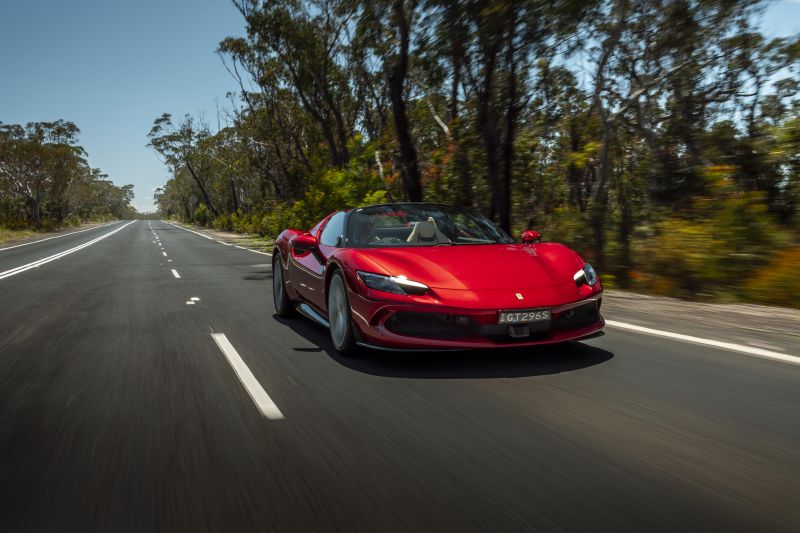

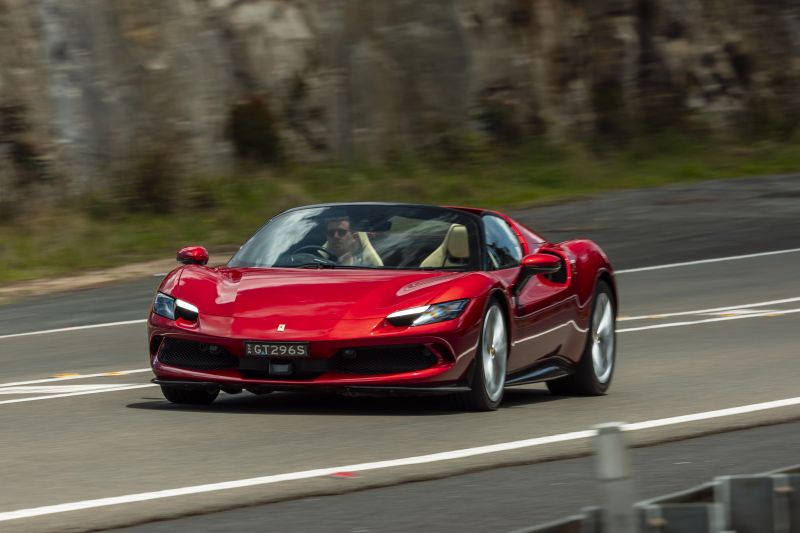
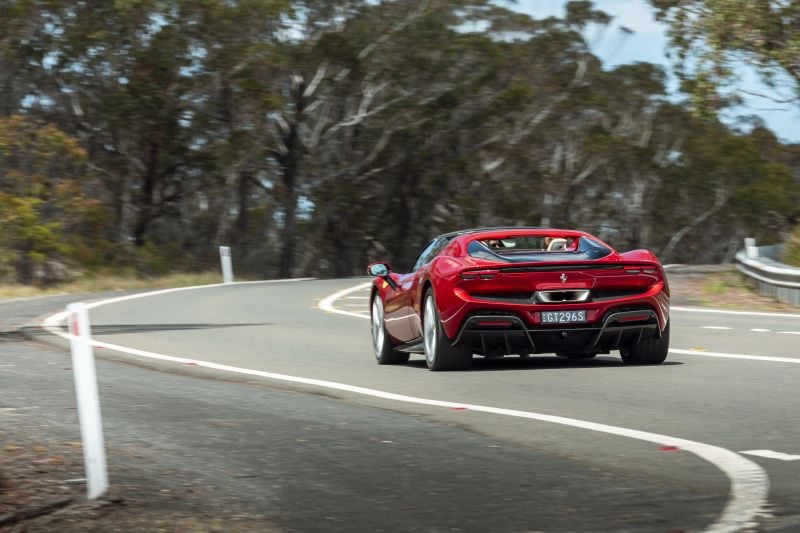


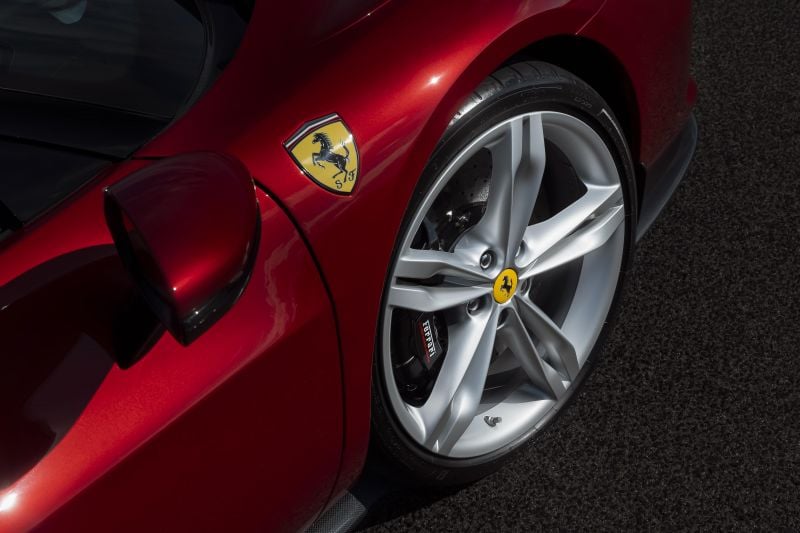
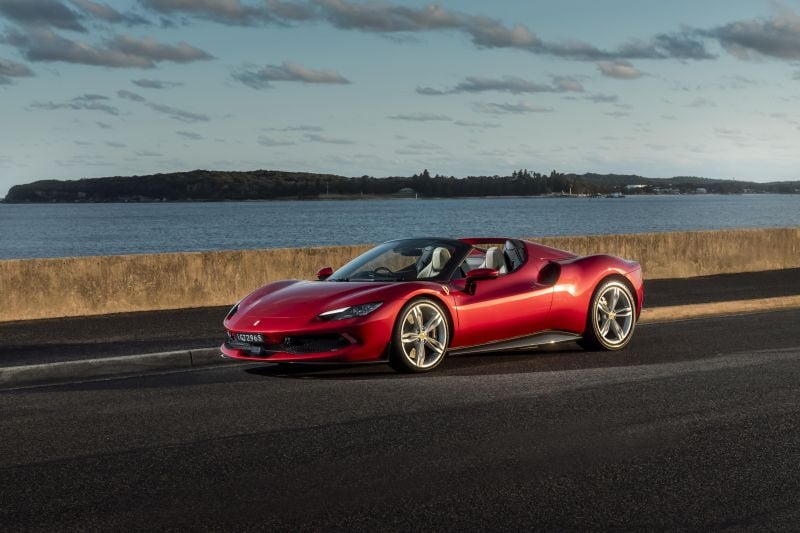
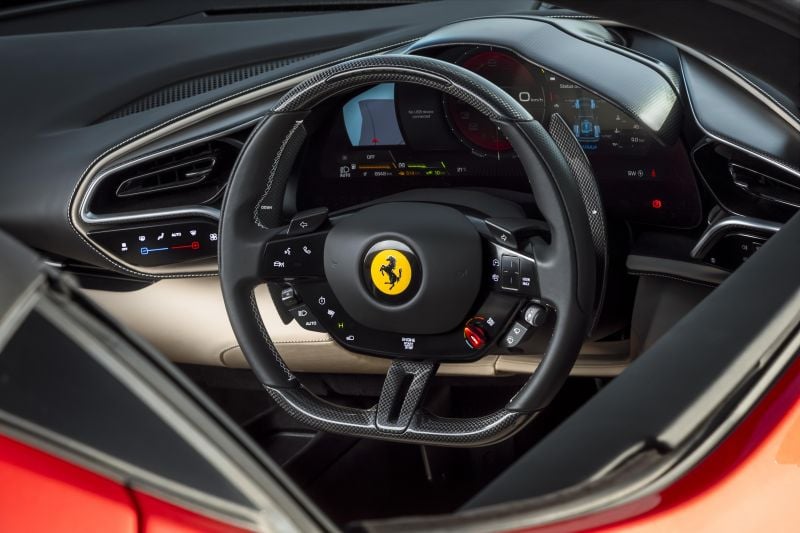
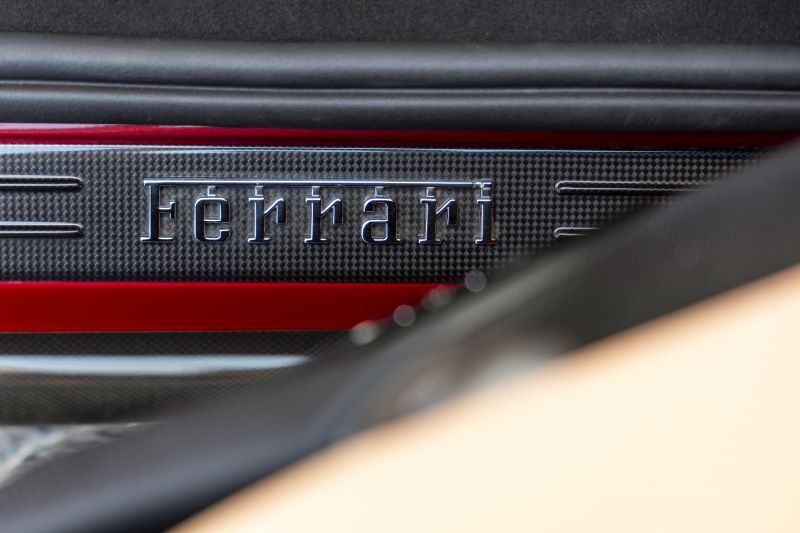





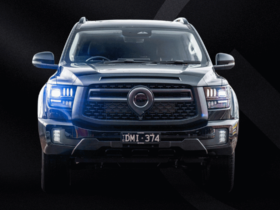



Leave a Reply